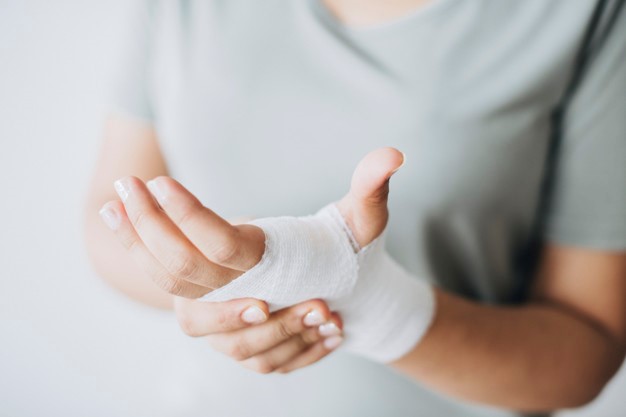
Platelet-rich plasma therapy is being used by a large number of practices today, especially after surgeries as it is known to help surgical wounds to heal better and quicker. While there are many applications of this treatment method that involves re-injecting the patient’s own blood into their body to boost the healing process, here we will talk about the use of PRP in wound care.
How Do Wounds Heal?
Whether you experience a severe injury or a small paper cut, you should know that all wounds go through a specific healing process. The initial stage begins when your wound starts to bleed. While all wounds don’t bleed, they do go through all the stages explained below.
When bleeding takes place, the platelets in the patient’s blood start binding together, causing clots to form. This causes the bleeding to stop and the healing process of the wound to begin. A rough, dry protective crust known as scab starts forming over the wound and closing it, which helps your body in fighting off infection. At this stage, you might see a clear liquid around your wound which helps keep the affected area clean and also prevents microorganisms from infecting the wound.
In the following weeks, multiple elements such as red blood cells, nutrients, and oxygen work to produce new skin tissue. This new tissue helps replace the damaged or removed tissue permanently. The main material involved in this process is collagen which forms the new skin tissue by binding together. The duration of the tissue regeneration stage, which is the last phase of wound healing depends upon the severity of your wound. It might take as little as a few days to many weeks to successfully complete.
Now that you know how wounds heal, it will be much simpler to understand the role PRP plays in the process.
How PRP Therapy Helps Promote Wound Healing
As the name suggests, PRP is blood plasma with a high concentration of platelets among other elements such as beneficial growth factors like epidermal growth factor, connective tissue growth factor, and fibroblast growth factor. The concentration of platelets in PRP is much higher than that typically found in the blood. All the growth factors found in PRP are used as a natural healing aid.
PRP is injected directly into the affected area of the patient’s body. PRP provides the patient’s body the nutrients, platelets, and oxygen required to increase the speed of the wound healing process. Since PRP is extracted from the patient’s own blood, the chances of them experiencing severe allergic reactions or side effects are minimal. PRP is not only known to prevent scarring but also for lowering the risk of infection. While the therapy is now being widely used by reputable practices, studies are still being conducted to find if it is truly effective!